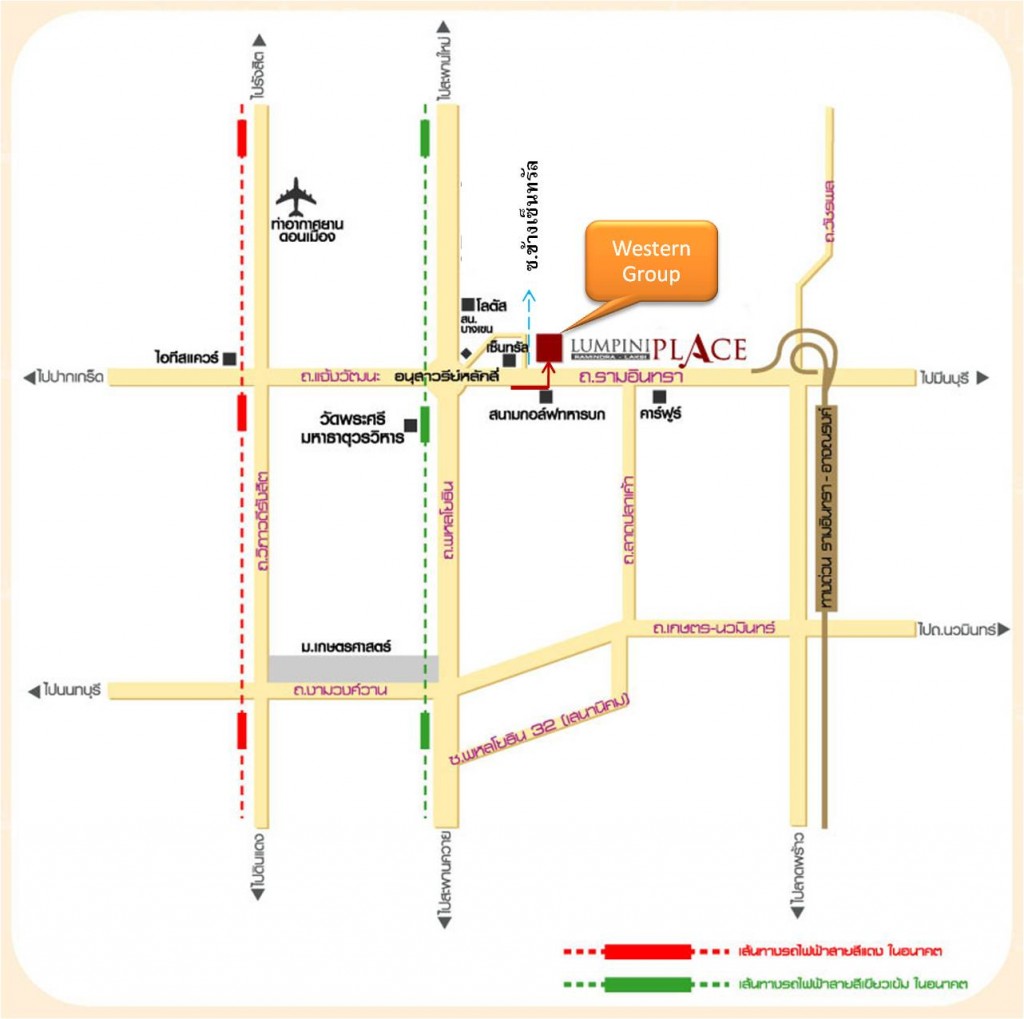วางแผน ออกแบบ และดูแลโครงสร้างระบบ IT และธุรกิจขององค์กรให้สอดคล้องกัน เพื่อสนับสนุนเป้าหมายทางกลยุทธ์ขององค์กร
WHAT IS ENTERPRISE ARCHITECTURE?
Enterprise Architecture (EA) identifies the business processes that execute or support an organization’s mission and defines how Information Technology (IT) assets directly enable those processes. The purpose of EA is to optimize and transform the often fragmented processes, information, application systems and technologies into an efficient and integrated environment supportive of the execution of business strategy.
To help execute business strategy and realize strategic goals, EA defines a desired target state view of an enterprise’s processes, information, application systems and technologies and an enterprise roadmap to progressively implement this target state through a series of projects.
WHY DO WE NEED EA?
State agencieshave their respective missions. They execute their mission through a set of business processes and provide government services through various programs. To improve program outcomes and drive business forward, agencies establish goals and objectives through strategic planning. Clearly defined goals and objectives, in turn, establish the business outcomes the agencies want to achieve.
Government leaders know that efficient business processes, and effective management and use of IT to support them are necessary for achieving the desired business outcomes – to efficiently and effectively delivergovernment services. This requires a business-outcome-driven approach to first analyze and determine the necessary improvements to business processes and IT assets and then to determine where to invest to make sure every dollar invested in implementing changes to processes and/or IT assets provides the best possible return on investment in terms of the business outcomes. EA helps identify these necessary improvements and how to progressively implement those improvements by defining the desired target state and an enterprise roadmap. In defining the desired target state, EA leverages or creates best-practice-based solutions which contribute to building business and technical capabilities that can be reused and shared throughout the state government.
The strategic context provided by EA through the desired target state architecture and enterprise roadmap is important to make sure individual projects build business and IT capabilities in support of the long-term business strategy – rather than just fulfill immediate needs. This is why EA is recognized as a key business and technology best practice and is needed to enable the achievement of business outcomes.
It should be noted that the state organizations that do not have a defined strategic plan, or have an extensive focus on ongoing projects due to their criticality, can also gain near-term benefits by adopting EA services to assist with business and IT strategies, and to provide solution architecture guidance and oversight to projects.
WHAT ARE THE BENEFITS OF EA?
When EA is effectively defined, implemented and followed, it can provide the following key benefits:
- Bridge the gap between business strategy and implementation: By defining the target business processes and IT assets required to satisfy the business objectives, and a roadmap for reaching that target, EA provides a clear vision to implement business strategy and helps reduce ad hoc implementations driven by a tactical and reactive approach.
- Improve alignment of IT with mission, goals, and objectives: By identifying how IT assets directly enable business processes and how those processes execute the organization’s mission, EA promotes IT solutions that are more pertinent and relevant for the business.
- Improve service delivery, business operations and business capabilities: Adoption of EA results in streamlining business processes and in making IT operations more efficient. EA processes help identify gaps in business capabilities (such as business analytics and case management) and provide a long-term vision to improve and/or acquire those capabilities.
- Improve interoperability and information sharing: By defining enterprise-wide standards and specifications for how systems will “talk to each other”, EA makes the job of integrating multiple systems and sharing information easier.
- Improve flexibility to dynamically respond to customer needs and statutory changes: EA enables faster design of new systems and extensions to existing systems by pre-defining standards. By advancing service orientation, EA promotes creation of user applications as a composition of reused services, which results in faster adaptation to changes.
- Reduce cost and cost of ownership: EA enables economies of scale in purchasing and reduces training requirements and support costs by establishing a less complex environment (due to technical homogeneity), which is easier to support and results in faster repairs.
- Reduce redundancy, duplication, complexity and information silos: EA enables portfolio rationalization and simplification to promote more effective use of IT and other resources to efficiently support business processes.
- Reduce business risk associated with IT and reduce risk for future IT investment: Focus on strategic goals allows EA to identify weaknesses and threats in the existing IT portfolio and to address them in the target architecture. The risk of future IT investments not delivering business value is greatly reduced when investments are made in accordance with a well-defined enterprise roadmap.
- Enable faster, simpler and cheaper procurement: By defining the target architecture and a roadmap, EA facilitates “architect – invest – implement” approach that simplifies procurement decisions and ensures architectural coherence of multi-vendor solutions.
- Enable predictable success of projects and realization of their defined objectives: EA promotes undertaking projects within the context of a defined enterprise roadmap. EA provides guidance to these projects to ensure their progress towards the target architecture and to help realize their defined business objectives.
HOW DO WE IMPLEMENT EA?
EA must be developed, implemented and maintained effectively to be useful and provide benefits. EA, as the name indicates, is about the whole enterprise – not just about IT. Analysis, design and modeling together comprise only one essential component of the EA work; effective communication and governance are the other two critical components. Developing and sustaining an EA is a complex process due to the breadth and depth of the analysis and design,and the communication and governance which involves many stakeholders and decision processes in the organization. The following key activities are intended to provide salient points associated with establishing EA :
- Establish an architecture team and charter them to provide clearly defined services and deliverables
- Adopt an enterprise architecture framework which, at a minimum, provides:
- Common understanding of EA, its domains, and building blocks of each EA domain
- A structure to support EA “models” by defining building blocks and their relationships
- Effective methods, tools and guidance for developing actionable EA deliverables
- Guidance for effective EA governance
- Best-practice-based solutions to build common business and/or technical capabilities
- Analyze the business strategy and goals, and understand the business operating model
- Define a set of principles, enterprise-level requirements and constraints for the architecture
- Divide the EA into segments, and prioritize the EA work across these segments to incrementally develop EA in accordance with the business priorities
- Determine target maturity levels across EA segments to support the business operating model and long-term business strategy
- Develop and communicate the EA Plan including its incremental and federated approach, and gain stakeholder buy-in
- Execute the EA Plan to incrementally define target EA and a roadmap
- Measure the progress, maturity and effectiveness of EA program, and refine as necessary

